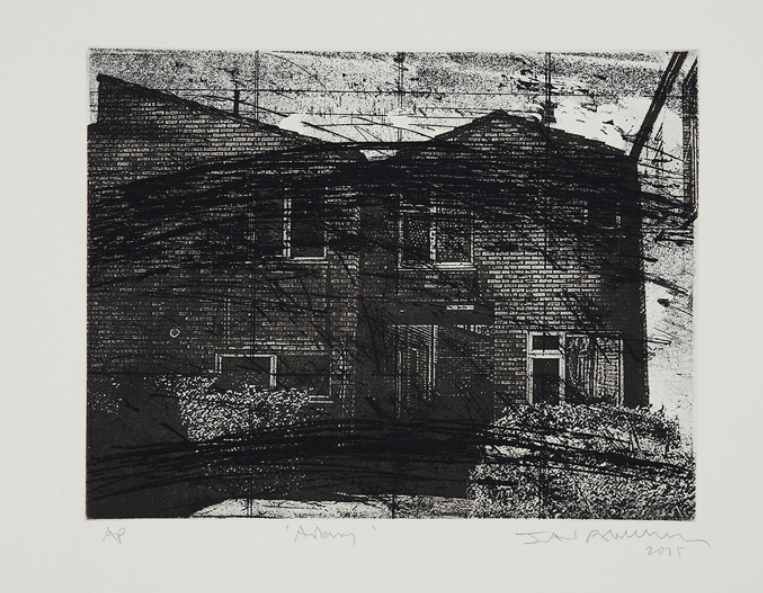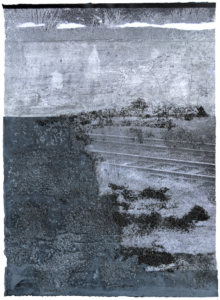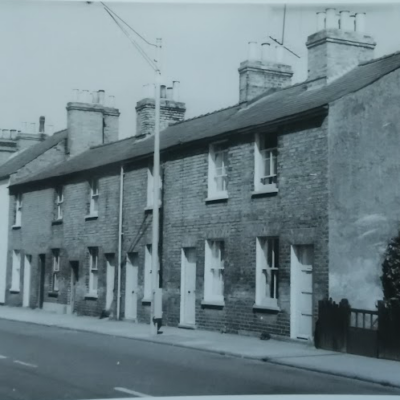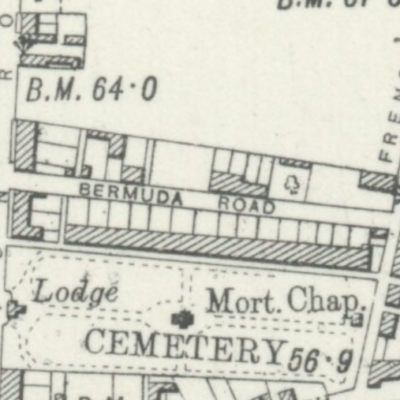Search by topic
- archaeology
- Building of Local Interest
- charity
- church
- crime
- dressmaker
- fire
- Great Eastern Railway
- Listed building
- Mapping Relief
- medieval
- oral history
- poverty
- Public House
- Rattee & Kett
- Religious House
- Roman
- scholar
- school
- Then and Now
- tudor
- women
- work
- world war one
- world war two
Search by text
 Arbury © Ian Rawlinson 2015
Arbury © Ian Rawlinson 2015Arbury Adventure Playground
History of Arbury Adventure playground
An extract from Age of Consent by Ian Rawlinson © Ian Rawlinson 2021 All rights reserved.
The Arbury Adventure Playground opened in 1974 on the large, windswept playing field between Nuns Way and the small industrial estate on Kirkwood Road. At the time the view north was unobstructed by buildings and you could see all the way to Histon. My father was a committee member, fundraiser and advocate for the Adventure Playground. We attended a variety of events to raise awareness and money to build the structure, including a gymkhana, complete with horses, jump courses and coloured rosettes for the winners. I remember the woman who was organising the event riding her horse over to our house. I was allowed to sit on this vast beast whilst she led the animal up and down the road. Up there felt like the top of the world and I revelled in the thought that I had been allowed to do this. The building of the playground took place in 1973 and 1974. A lorry load of huge telegraph poles arrived and were driven into the ground by a pile driver so platforms could be built between them. This was a long before health and safety protocols were as officious as they are nowadays and children were allowed hammers, saws, ropes and various other dangerous implements to build dens, swings and other structures. The tall perimeter fence was built by volunteers and my brother and I spent a day helping my father nail some of the vertical planks in place. Its rough wooden appearance would give the playground its nickname ‘The Stockade’. Nearby King’s Hedges Road was like the end of the line in those days; a marginal hinterland with the Cambridge to St Ives railway line cutting across the farmland and fields. At the time King’s Hedges Road came to an abrupt end just past the junction with Kirkwood Road, just opposite the rail crossing that led to the farm. The railway line was the city boundary and my bedroom window looked out onto this semi-rural scene where cows would graze amongst the yellowed grass, large pylons and the derelict remnants of the old WWII army depot. The newly built King’s Hedges School catered for the local area and I started attending in 1968 shortly after it opened. The school stood alone at the northern most edge of the King’s Hedges estate. Its sloping roof, half wooden facade and water tower were new and stark set against the fields which lay beyond the school fence. The school football team had a girl player, a rare sight in those days. In fact there were two girl players, Fiona and Karen. Fiona was the more talkative of the two whilst Karen was the better footballer, often far better than many of the boys. By 1974 my time at King’s Hedges School was coming to an end and the Adventure Playground had its first open day, when many local parents and children came to see what the newly built structure was all about. Fiona, Karen and I were hanging out in one of the ramshackle wooden dens that had been erected against the interior of the fence. We are having great time together. Karen and I had decided we liked each other so were engaged in copious amounts of snogging, punctuated by smoking a packet of Players No 6 we had obtained from a cigarette machine outside the post office. Fiona didn’t seem to mind all the lustful activity and I certainly felt like I was coming of age in some way, although to use these words would have been beyond me at the time. Never the less it was a memorable moment from my childhood. The trouble was I did very little with it and some time later was shocked to find out from Fiona that Karen had been waiting for me to call, or call round to see her. I hadn’t realised that this is what you were supposed to do. I mean I was only eleven ! I felt like my naivety showed itself then and continued to make frequent appearances throughout my life. For some time afterwards I would sit outside Karen’s house on my bicycle waiting to catch a glimpse of her or for her to see me, but time had passed, things had moved on and we went off to different secondary schools.
Contribute
Do you have any information about the people or places in this article? If so, then please let us know using the Contact page or by emailing capturingcambridge@
License
This work is licensed under CC BY-NC-SA 4.0








